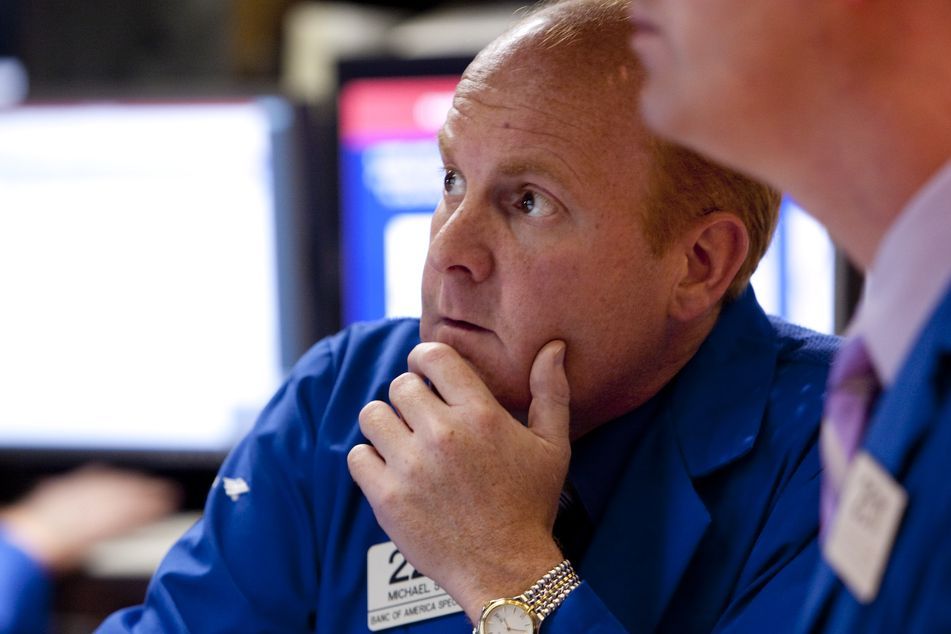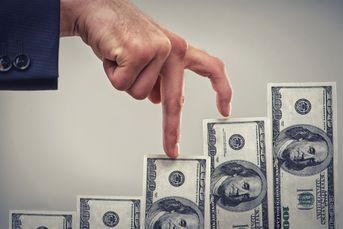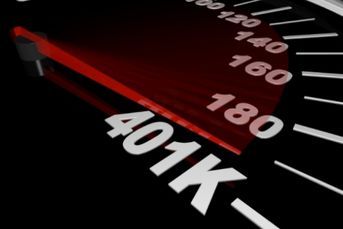‘Chicken step’ hybrid funds see record inflows

Investors gingerly returning to equity markets, but still keen on capital preservation
More money than ever is flowing to mutual funds that buy both stocks and bonds, a sign that individuals are starting to return to equities during the most volatile bull market since at least 1942.
About $18.6 billion was added to so-called hybrid funds last quarter, the most since the Investment Company Institute started tracking the data in 1984. The record flows show that while investors remain skittish after the worst financial crisis since the Great Depression, they want more equities after the Standard & Poor’s 500 Index doubled since March 2009.
Europe’s sovereign debt crisis and rising oil prices are spurring the widest price swings since 1942, providing investors with another reason to limit purchases after pumping 232 times more money into debt funds over the last two years. That’s bullish to Fiduciary Trust Co. and Credit Suisse Asset Management, which say the doubts mean more money is available in what is already the biggest rally since 1955.
“It’s a chicken step into the equity market,” said Michael Mullaney, who manages $9.5 billion at Fiduciary Trust in Boston. “Very few investors, especially on the retail side, have been on board with this rally. That’s why we think this market still has legs to run because one major investor still hasn’t shown up to the party.”
Fund Inflows
Funds that buy stocks and bonds absorbed $1.24 billion in the week ending April 6. Equity funds, with seven times more in assets, took in $2.44 billion. Bond funds got $5.22 billion, data from Washington-based ICI show.
Investors have added $604 billion to debt funds since March 2009, compared with $2.6 billion for equities, according to ICI data through March 31. The S&P 500 has gained 104 percent including dividends in the past 25 months, while Barclays Capital’s index of U.S. investment-grade corporate bonds returned 35 percent.
“People have been traumatized by equities in the U.S. and have started to look for a more balanced approach,” said Adrian Zuercher, who helps oversee $150 billion in asset allocation strategies at Credit Suisse in Zurich. “Given all the money that has gone into government bonds, sooner or later they have to bring back some money into the equity segment.”
Mutual-Fund Industry
Hybrids vary from balanced funds, which maintain a specific mix of equities and bonds, to flexible funds that can put any portion of their assets in stocks, debt or money-market securities. They make up 6.5 percent of the $12.1 trillion U.S. mutual fund industry, according to ICI.
The average hybrid allocates 60 percent to stocks, 34 percent to bonds and the rest to cash, options, warrants and other securities, according to December data from the Washington-based trade group. That compares with 58 percent in equities and 36 percent in debt the previous year.
St. Denis J. Villere & Co.’s $83 million Villere Balanced Fund, created in 1999, has returned 30 percent in the past 12 months, about three times more than the S&P 500, making it the top performer among 225 balanced U.S. equity funds tracked by Bloomberg. The biggest holding as of March 31 was 3D Systems Corp., a maker of imaging systems in Rock Hill, South Carolina, that has risen more than 230 percent in the past year.
‘Peace of Mind’
“A lot of clients, having gone through the dark days of ‘08 and ‘09, want peace of mind,” said George Young, co-owner with three family members of the century-old asset manager, which oversees about $1.5 billion. At the same time, ‘‘they realize now that equities are a viable investment,” he said.
Villere started buying more stocks and high-yield bonds in April 2009 just after equity indexes bottomed, boosting share holdings from a low of 60 percent to as high as 68 percent, said Young, who helps oversee the balanced fund. Its assets have grown from about $50 million in August 2010, mostly through gains in asset prices.
The rally in equities may slow amid turmoil from Greece to Libya and Japan, said Sybren Brouwer, the global head of equity research at ABN Amro Bank NV’s private-banking division. He said his team reduced its allocation for shares to ‘‘neutral” from ‘‘overweight.”
‘‘We’ve had the Europe debt crisis and increasing inflation concerns in the emerging markets, and on top of that we had unrest in the Middle East and Africa and of course the natural disaster in Japan,” said Brouwer, who helps oversee more than $200 billion. ‘‘Adding that all up makes us a little bit more concerned on equity markets in the short term.”
Greek Bond Yields
Yields on 10-year Greek bonds reached a record 13.84 percent last week amid concern Europe’s most-indebted nations will be forced to restructure. Oil climbed as high at $113.46 a barrel on April 11 and Japan raised the severity rating of the nuclear crisis at Tokyo Electric Power Co.’s Fukushima Dai-Ichi plant to the same level as the 1986 Chernobyl disaster.
Historical volatility for the S&P 500 has averaged 19.5 since March 2009, higher than the first two years of all rallies dating back to 1942, based on 30-day data compiled by Bloomberg and Birinyi Associates Inc., the Westport, Connecticut-based research firm. The measure of daily swings is above the levels of 16.3 during the 2002 rally and 13.2 from the 1990 advance, data compiled by Bloomberg show.
The prospect of higher interest rates may be driving fixed- income investors to hybrids. Bond prices dropped 5.5 cents since Sept. 30 to as low as 105.93 cents on Feb. 8, the least since June, sending yields up 59 basis points, according to Bank of America Merrill Lynch’s U.S. Corporate Master Index.
Corporate-Bond Returns
Credit analysts at firms including New York-based Goldman Sachs and Bank of America Corp. in Charlotte, North Carolina, forecast that returns would be below 10 percent from corporate bonds this year.
The yield on 10-year Treasury notes will reach 4.05 percent by March, according to the median estimate of 66 economists surveyed by Bloomberg, up from 3.41 percent on April 15.
Balanced funds have beaten U.S. investment-grade company debt for seven of the past eight months, returning 17 percentage points more over the period, according to data compiled by Bloomberg and Barclays. They’ve increased 4.6 percent this year, trailing the S&P 500’s 5.5 percent advance including dividend payments.
‘‘The whole area of balanced fund investing has really made a resurgence,” said Hayes Miller, the Boston-based head of asset allocation in North America at Baring Asset Management Inc., which oversees $51.6 billion. For individuals, “the safest way they feel they can go about it is to pass that asset allocation decision along to a professional.”
–Bloomberg News —
Learn more about reprints and licensing for this article.






